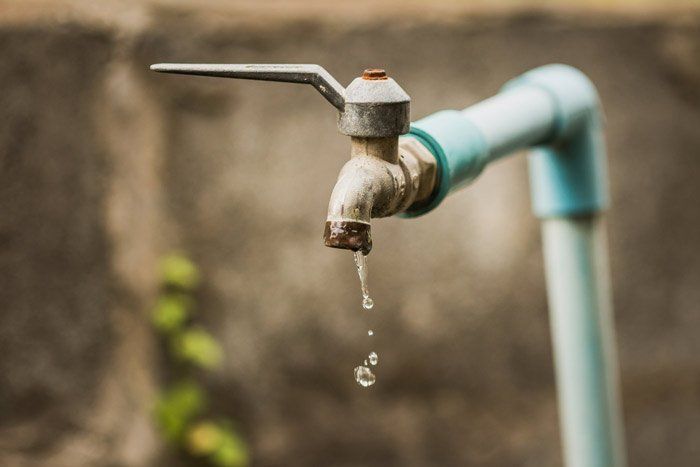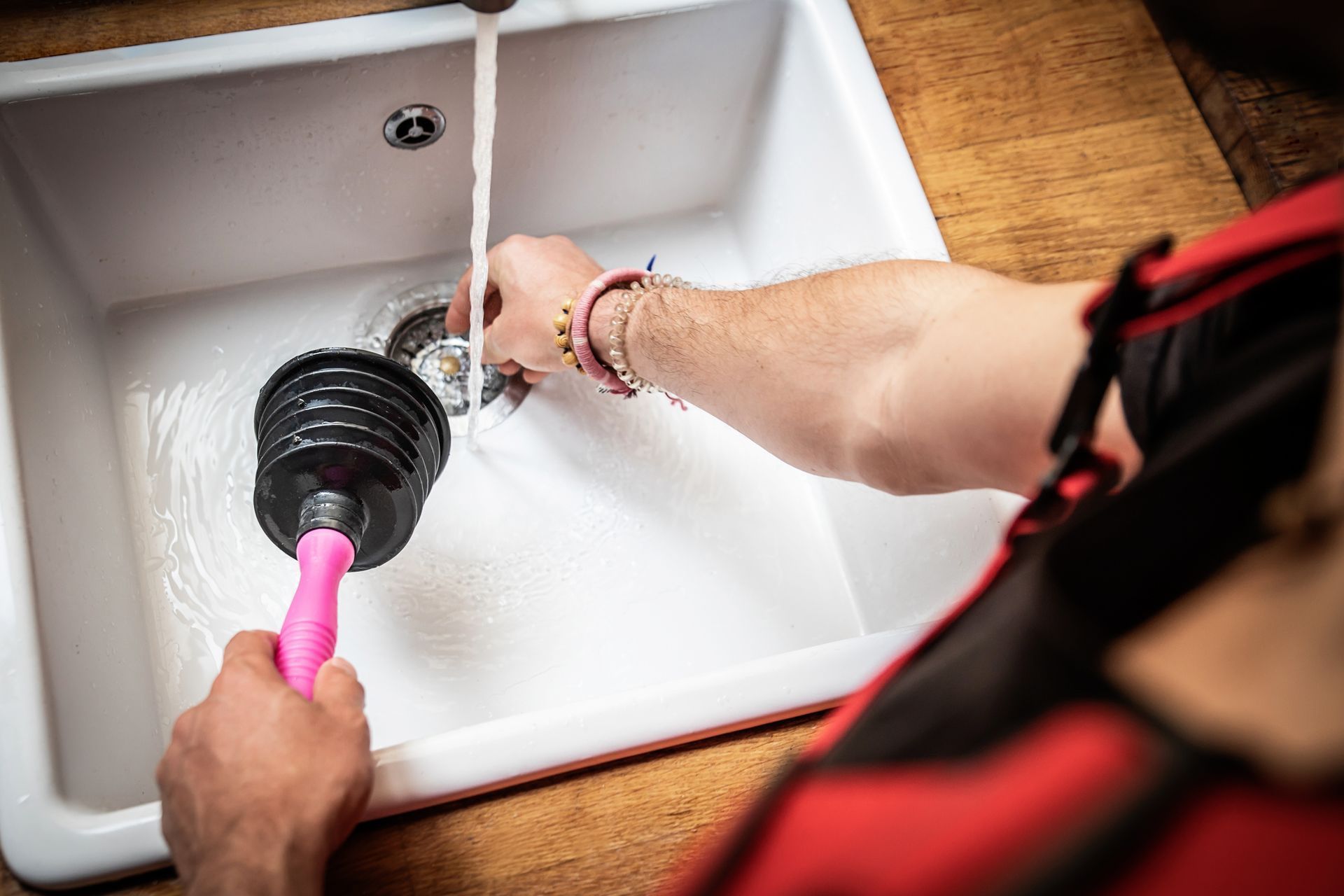Poor Water Pressure: Causes and Treatment

Poor water pressure, especially accompanied by slow-moving drains, can make doing everyday tasks more difficult. Contact O’Fallon Sewer Service for help.
04.19.2018
The average person uses up to 100 gallons of water a day. You likely don’t realize how much water your family uses each day, enjoying ample pressure when you turn on the faucets to get a drink of water, pour a bath (which uses up to 36 gallons per use), or even flush the toilet.
When your home's water pressure begins to slack, it's time to be concerned about your home's plumbing system. Poor water pressure, especially accompanied by slow-moving drains, can make doing everyday tasks more difficult. Here are causes of poor water pressure in the home and what you can do about it.
Identifying Poor Water Pressure
Water pressure is identified as the speed and force that water exits your home's faucets. A steady stream should pour forth when your faucets are turned all the way on. Poor water pressure is identified as trickling water or a thin water stream. If you have low water pressure when your household used to have higher pressure, you could have one of the following problems with your plumbing system.
Blockage in Your Sewer Lines
The most common cause of poor water pressure in the home is blockage somewhere in your sewer line. If your home's septic system includes a private septic tank, call a plumbing specialist to inspect your home's tank to see if the unit needs to be drained. Septic tanks typically need draining every three to five years — or more often if you have a larger family and a smaller tank.
Clogged sewer lines can also be caused by tree roots: trees constantly seek water, and a moist sewer line is a common target; the roots puncture or bend lines, making it more difficult for water to escape.
Aged or Outdated Plumbing Fixtures
As plumbing pipes and other fixtures age, they begin to corrode and become brittle and filled with debris. Old plumbing can cause water pressure to weaken with time. You may also notice sediment in your water or even rust-colored water if your home's pipes are failing.
Main Shut-off Valve Issues
Your home's main shut-off valve is often located in the meter on the side of your home or may even be by your home's water heater. The shut-off valve should not be adjusted most of the time, but you may need to turn it off for minor home repairs or when installing or repairing sprinkler lines in your yard.
Check your home's main shut-off valve — the valve should be all the way open, or at least halfway, to allow more gallons of water to flow through your home's pipes per second. Call your plumber if you don't know how to operate your home's main shut-off valve or if you cannot locate the unit.
Other issues that can cause your home's water pressure to be poor include a faulty pressure gauge (if applicable) and low well levels if you have a private well. Pipes that are too small for your home's water use can also cause water pressure loss; the larger your pipes' diameter, the greater water pressure your home has.
Your plumber will use a snake with a lighted camera on its end to thoroughly inspect every part of your sewer line until the block is discovered. Your plumber will then remove any offending blockage or other damage and make repairs to lines as needed for greater water pressure in the home.
Water pressure is important in your home. Trust our team of expert plumbers at O'Fallon Sewer Service for all of your plumbing needs. Call us today to inspect your home's plumbing system.








